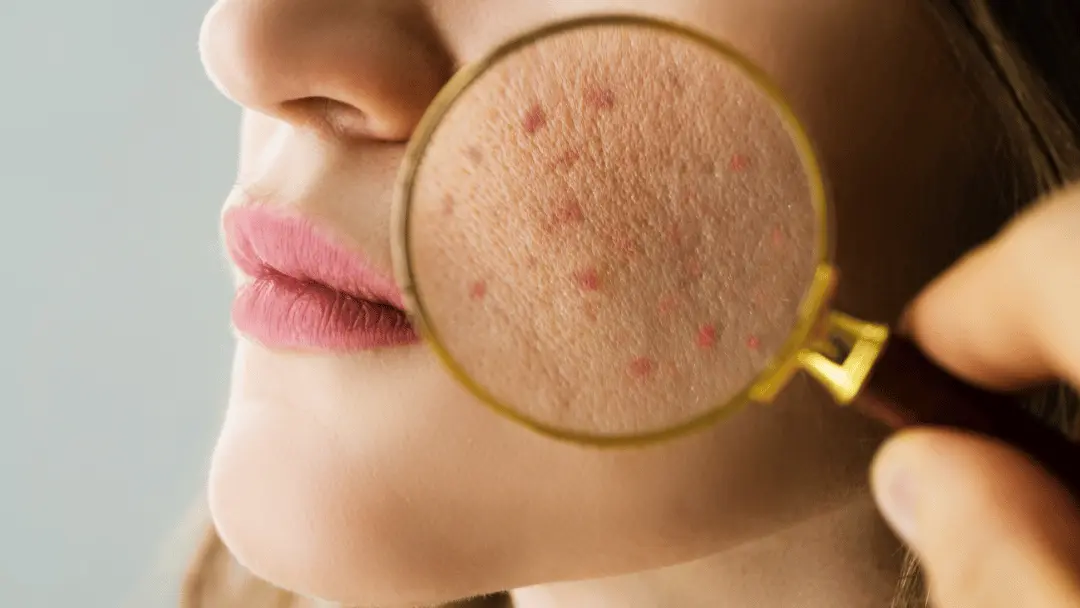Search for a reliable dermatologist to help you with treatments.
Search for a reliable dermatologist to help you with treatments.
Blog Article
Browsing Skin Cancer Cells Therapy: The Necessary Duty of Mohs in Modern Dermatology Practices
Skin cancer, a complicated diagnosis, usually leaves clients grappling with countless treatment alternatives. As we explore the ins and outs of this treatment, one will value its pivotal function in skin cancer cells therapy.
Understanding Skin Cancer Cells: Kinds and Risks
There are three main types of skin cancer cells: Basic cell cancer, Squamous cell cancer, and Cancer malignancy. It accounts for just concerning 1% of skin cancer cells instances but creates the substantial bulk of skin cancer deaths. Risk factors consist of reasonable skin, background of sunburn, extreme sun exposure, living at high altitudes or close to the equator, having several moles, a family members background of skin cancer, and compromised immune system.
What Is Mohs Surgery and How It's Revolutionizing Skin Cancer Cells Therapy
In spite of the numerous therapies currently readily available for skin cancer, Mohs surgical procedure sticks out as a groundbreaking and highly efficient service. Called after Frederic E. Mohs, the doctor that developed the treatment, Mohs surgery is a specific surgical method used to treat skin cancer cells. Throughout the procedure, slim layers of cancer-containing skin are progressively eliminated and examined up until just cancer-free tissue continues to be. This approach enables the surgeon to verify that all cancer cells have been removed at the time of surgery. This level of accuracy, incorporated with the ability to spare as much healthy and balanced tissue as feasible, is reinventing skin cancer cells treatment. Therefore, Mohs surgical procedure has actually become a foundation of modern-day dermatology techniques.
The Benefits of Mohs Surgical Treatment Over Conventional Skin Cancer Therapies
Building on the ingenious nature of Mohs surgical treatment, it's vital to consider its many advantages over conventional skin cancer therapies. company website Unlike guidelines, Mohs offers a greater treatment price, commonly reaching 99% for novice treatments and 94% for reoccurring cancers. This accuracy results from its special technique of gradually removing and examining cells layers up until only cancer-free cells remain (dermatologist). In addition, it lessens damage to healthy skin, bring about less scarring and improved aesthetic results. Mohs also gives instant results, removing the anxiety-ridden wait common with various other methods. Last but not least, it's economical, as the surgical treatment and tiny assessment happen simultaneously, eliminating the demand for added research laboratory solutions. Thus, Mohs stands for a significant innovation in dermatological techniques.
The Procedure of Mohs Surgery: What to Expect During the Process

Prospective Adverse Effects and Post-Operative Care of Mohs Surgical Treatment
Undertaking Mohs surgical treatment, like any various other medical procedure, includes possible negative effects that clients need to be aware of. Typical adverse effects consist of discomfort, bruising, and swelling at the surgical procedure site. However, these are usually short-lived and manageable with over-the-counter discomfort medication and ice bag. In uncommon cases, clients might experience infection, bleeding, or an allergy to the local anesthetic. Post-operative treatment is vital to healing and decreasing adverse effects. This normally involves keeping the injury clean and completely dry, taking click over here now prescribed medications, and avoiding arduous activities. Clients should likewise participate in all follow-up consultations for wound treatment and monitoring. In many cases, additional treatments may be required to make sure full removal of the malignant cells. Following these post-operative care guidelines can significantly improve healing and results.
Verdict

Report this page